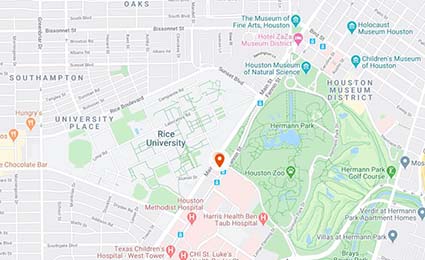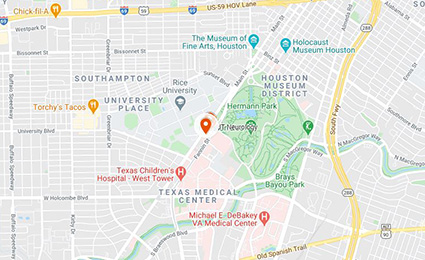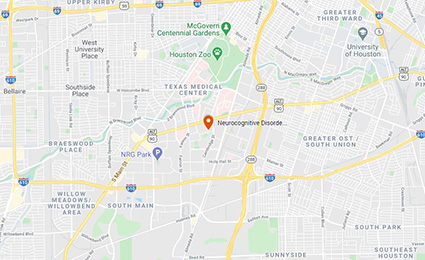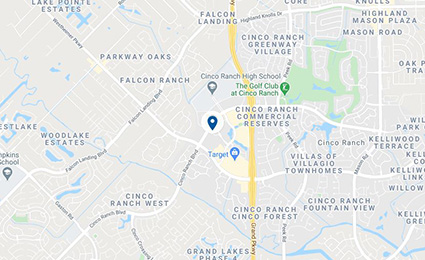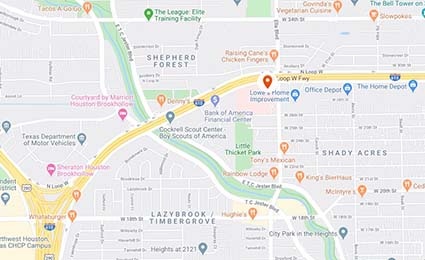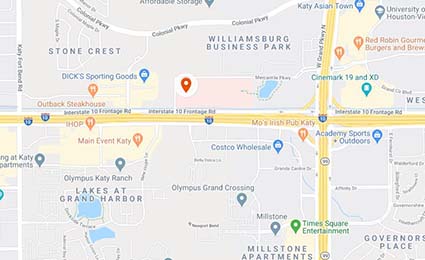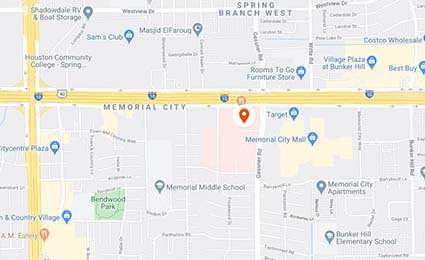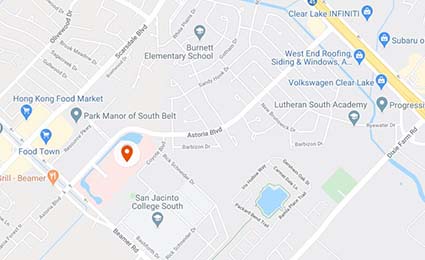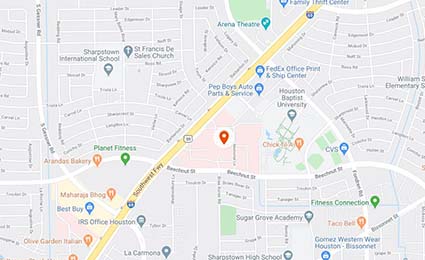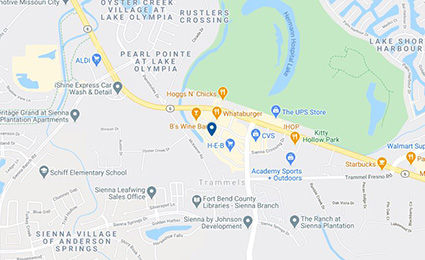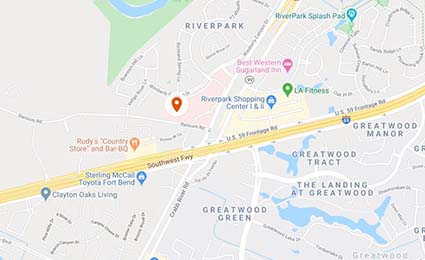AI-Powered Algorithms May Help Detect Unruptured Brain Aneurysms

Unruptured cerebral aneurysms of sizes and locations may be missed in routine clinical care, but a machine learning algorithm could minimize missed care opportunities, according to research published in Stroke: Vascular and Interventional Neurology.1 The research was led by senior author Sunil A. Sheth, MD, associate professor in the Department of Neurology at McGovern Medical School at UTHealth Houston, and co-first authors Hyun Woo Kim, MD, vascular and interventional neurology fellow, and Anjan Nagesh Ballekere, MS, research coordinator in the neurology department.
Approximately 30,000 people living in the U.S. experience a ruptured aneurysm annually. The estimated prevalence of unruptured cerebral aneurysms is 3.2%. Currently, many of these aneurysms are found incidentally on brain imaging. Getting an accurate count remains challenging.
“We already have seen the tremendous benefit that machine learning can bring to patients suffering from acute stroke,” says Sheth, who is director of the vascular neurology program at the medical school. “In this study, we see a similar possibility for substantially improving the way we identify, counsel, and help patients with brain aneurysms.”
The team studied a prospectively maintained registry that included eight certified stroke centers. They identified patients who underwent CT angiography for evaluation of possible stroke from March 14, 2021, to Nov. 31, 2021. A machine learning algorithm called Viz Aneurysm analyzed imaging to identify unruptured brain aneurysms at least 4 millimeters in size.
Of the 1,191 CT angiograms performed during the study period, 50 were flagged by the machine learning algorithm as possibly demonstrating an unruptured cerebral aneurysm. Among those, 36 true aneurysms were identified from the 31 CT angiograms, with four cases of multiple aneurysms.
Twenty-four of the 36 aneurysms (67%) were previously not referred for follow-up, with a median size of 4.4 millimeters. Among them, five aneurysms measured greater than 7 millimeters and had an average risk of rupture of 2.4% over five years. In other words, only 33% of unruptured cerebral aneurysms – many of which require attention and may warrant treatment – were originally referred for follow-up in routine clinical care.
“Before Viz Aneurysm, the referral rate of unruptured cerebral aneurysms was significantly lower than we expected,” Kim says. “We believe that machine learning algorithm screening and alerting clinicians to studies that may harbor cerebral aneuryms could improve rates of detection and follow-up.”
Overall, one of the most common locations of aneurysm was the internal carotid artery (46%). The researchers believe machine learning algorithms have the potential to improve the identification of unruptured aneurysms by flagging CT angiograms suspected of aneurysm and coordinating the potential follow-up with referral and communication options for the entire care team in the same application.
“We hope to continue and improve upon our work,” Ballekere says. “This will help improve quality of care for acute stroke patients when implemented.”
1Kim HW, Ballekere A, Ali I, Salazar Marioni S, Abdelkhaleq R, Niktabe A, Azeem H, Iyyangar A, Segev O, Bibas O, Paz D, Love CJ, Giancardo L, Sheth S. Machine Learning-Enabled Detection of Unruptured Cerebral Aneurysms Improves Detection Rates and Clinical Care. Stroke: Vascular and Interventional Neurology. 2023 Sept 13;3(6).
In This Section:
Features:
- True to Our Values
- The Heart-Brain Program: A Closed-Loop Continuum of Care to Patients with PFO-Associated Stroke
- Multidisciplinary Programs Provide Convenience and a Broader View of Health to Physicians and Patients
Patient Stories:
- Alabama Woman Finally Gets a Sleep Disorder Diagnosis Through Telehealth
- Radiofrequency Ablation (RFA) for severe back pain
- Finally Getting a Good Night’s Sleep with remedē®
- Making a Difference by Participating in Huntington’s Disease Research
Research & Trials:
- Sensitizing Tumors to Radiation Therapy Using Gold Nanoparticles
- An Investigation: Th-1 Dendritic Cell Immunotherapy in Combination with Standard Chemoradiation for Adjuvant Treatment of Adult Glioblastoma
- Advances in the Diagnosis and Management of Cluster Headache
- AI-Powered Algorithms May Help Detect Unruptured Brain Aneurysms
Accolades & News:
- Department of Neurosurgery Ranks 4th in NIH Funding Among US Clinical Science Departments
- McCullough Wins Stroke Association Lecture Award
- UTMOVE Receives Distinguished Edmond J. Safra Fellowship in Movement Disorders
- Schiess Awarded UTHealth Houston President’s Scholar Award
- Burish Co-Chairs the AHS Scientific Program Committee
- Furr Stimming Named HSG Outstanding Investigator
- Lo Receives UT System STARs Award
- Burish Assumes Responsibility for Neurology Residency Training for Headache Medicine
- Morcos Named Chair of Neurosurgery
